WA robotics wins state tournament
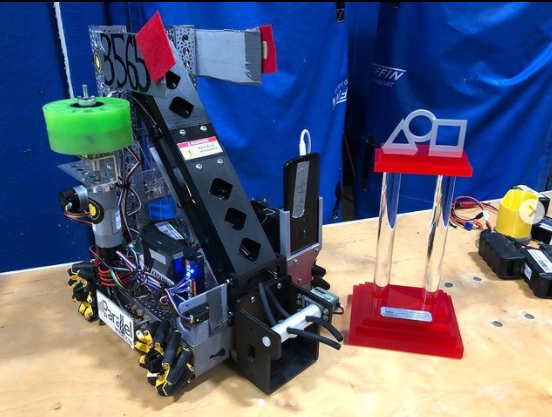
The robot that WA’s robotics team put together that won them the championship
March 28, 2022
The battle between robots in different challenges, otherwise known as robotics.
WA’s robotics team went into the recent state tournament confident and came out winners. The student-run team, led by Senior Captain Mohammed Khan, Senior Head Engineer Andrew Bonczek, Junior Head Programmer Nakul Joshi, and Junior Secretary Kaushik Reddy helped boost the team’s performance compared to previous years. In the first round of the tournament, they placed ninth of 32 teams, which is their highest qualifying position in team history.
“Each alliance consists of three teams but only two teams of each alliance play in a single match.” Joshi said. “Since the semi-finals and finals are best two of three matches, the first match is played by the captain team and one alliance member team. For the second match, the captain team [GNCE] and the other alliance member team play. For the final match, the captain team chooses their partner.”
For the semifinals, WA joined forces with two other teams, GNCE from Beverly MA, and the Tech Tigers from Sharon, MA for the rest of the way, and in the semifinals, they were slated to face the first seed.
“We were with the fourth seed and were expected to be blown out by the 1st seed. But we ended up winning matches back to back in victories with scores of 230-204 and 188-118,” Khan said.
WA took this triumph, and used it as momentum going into the finals, where their alliance with GNCE and the Tech Tigers won with scores of 242-197 and 164-91 against the combined efforts of the Makerspace Invaders, the Pioneer Robotics from St. John’s High School, and the ARC Thunder from Andover High School.
Back in September, the challenge that was used at states was announced. This year, the challenge was that teams must grab freight, which was a combination of rubber ducks, small bricks, and whiffle balls, and place them on a platform. The team that placed more items onto their platform in the allotted time won.
“From September to about December is just designing, building, scrapping, designing, building until we finally have a design we are happy with,” Khan said.
Parts for the robot either had to be purchased by the team, or made using CAD (Computer-Aided Design) to design, and then 3D print the parts.
“Many of the systems on our robot’s chassis were designed with the initial intent of being swappable,” Bonczek said. “This meant that if we came up with a more efficient design for a major system down the line (like we did for our claw/intake system) we could easily swap it out by removing just a few bolts.”
After the robot is built, the coding team, led by Joshi, goes to work. They code the robot to be able to complete the challenge using a remote control. The final step before the qualifiers to get to states is testing. The robot was constantly being tested for any possible flaws in the code or design.
“This year was probably one of our best years and we also put in a lot more effort. We have put well over 250 hours into this robot since September and have worked tirelessly to finish.” Khan said.

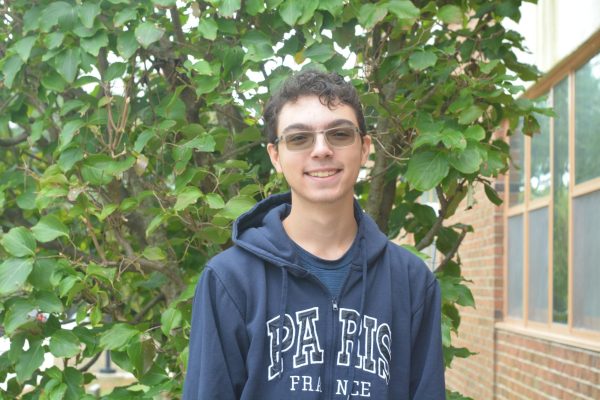

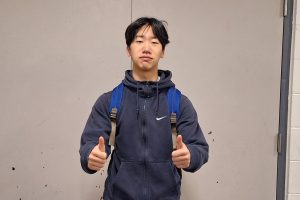
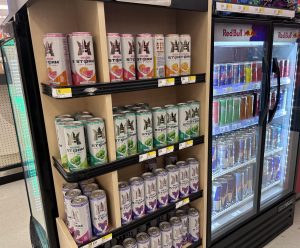
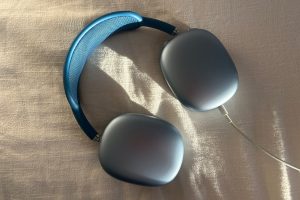


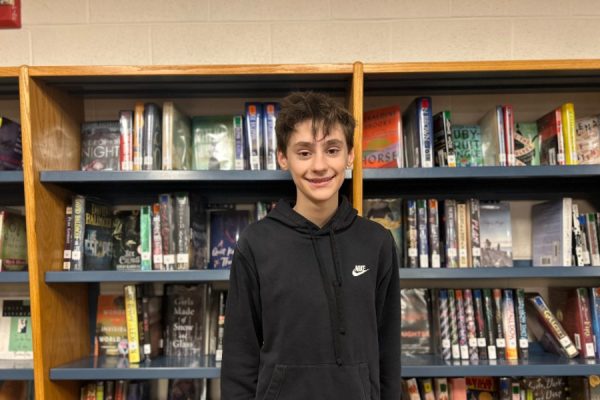
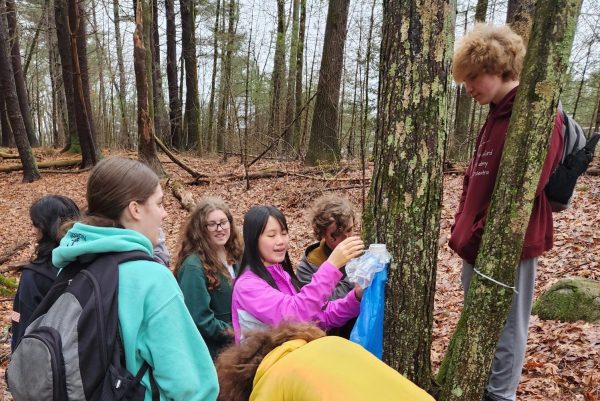
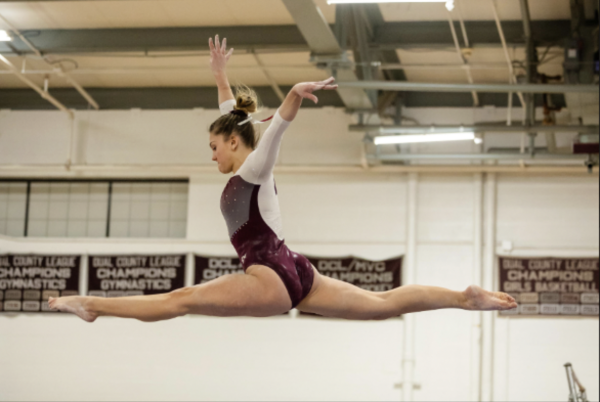
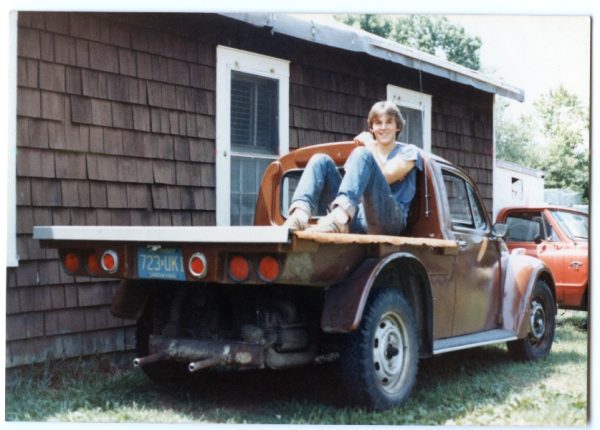
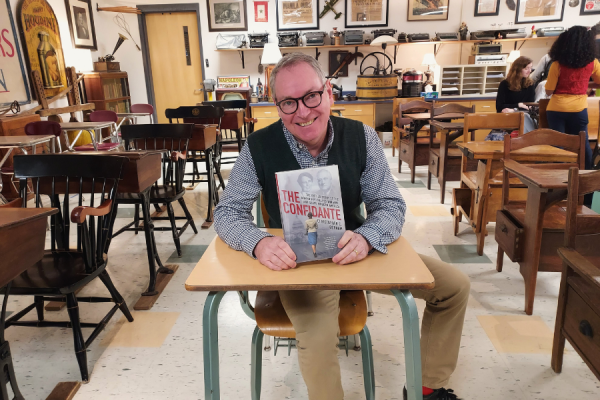
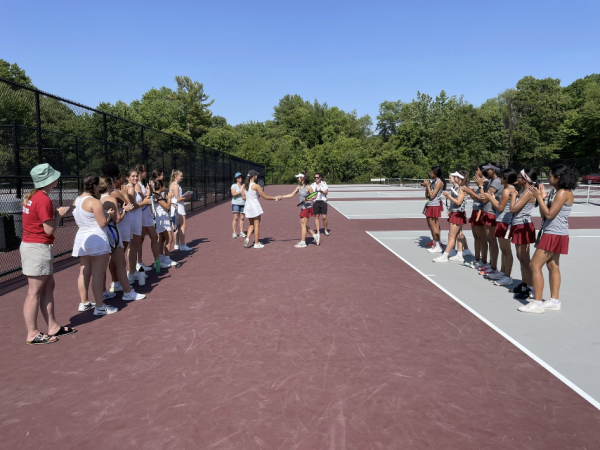
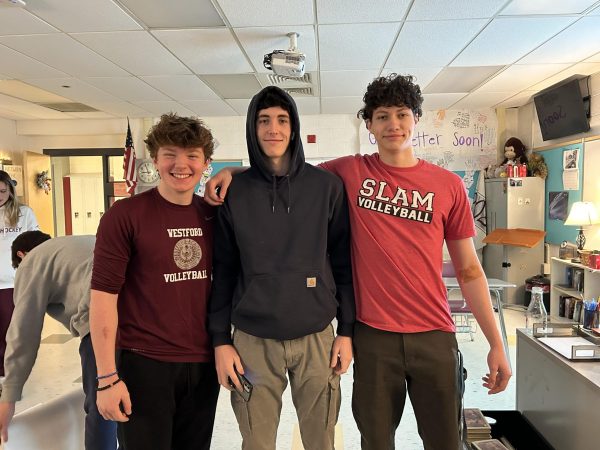
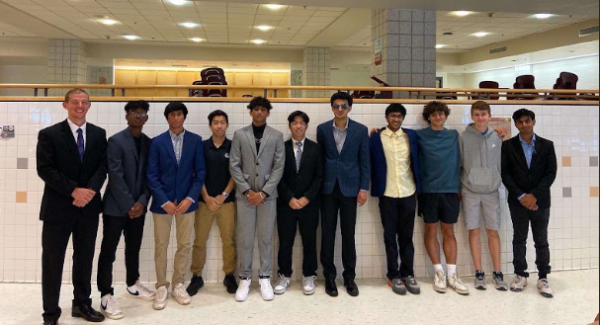
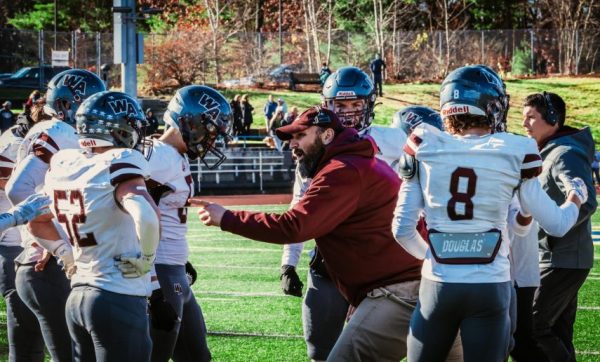
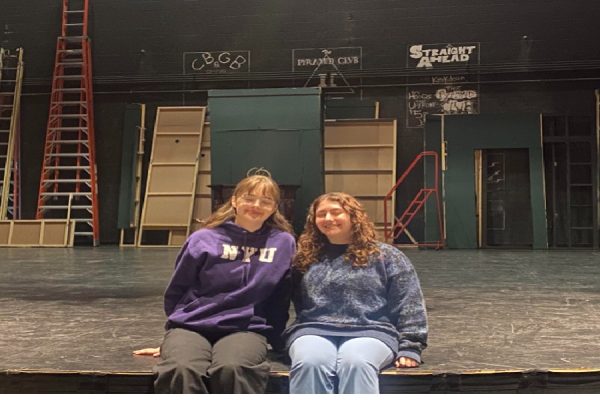
Mohammad Khan • Mar 29, 2022 at 9:49 pm
Great article!